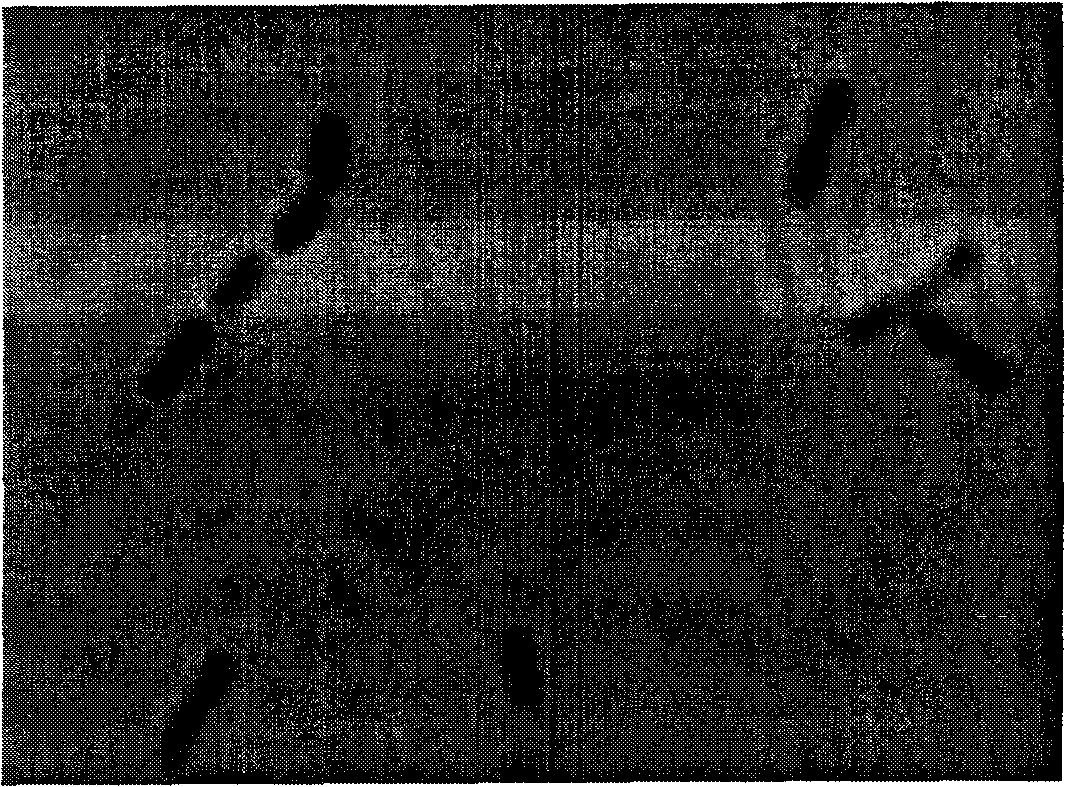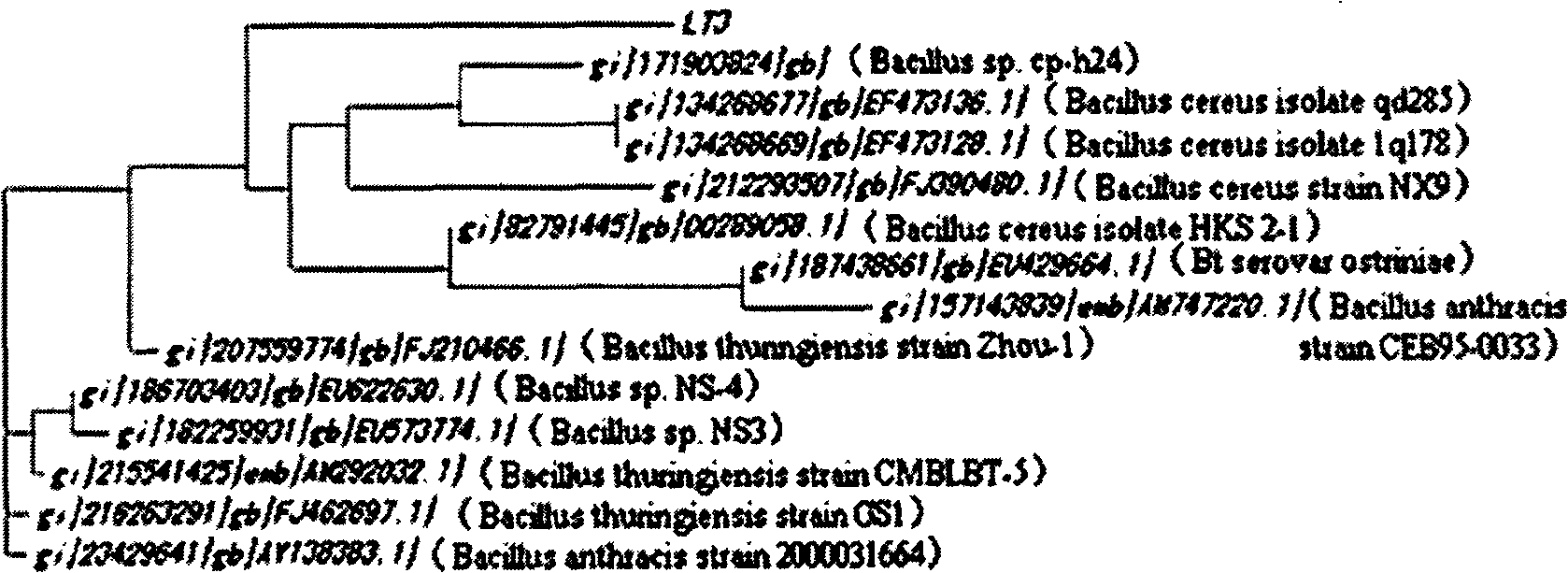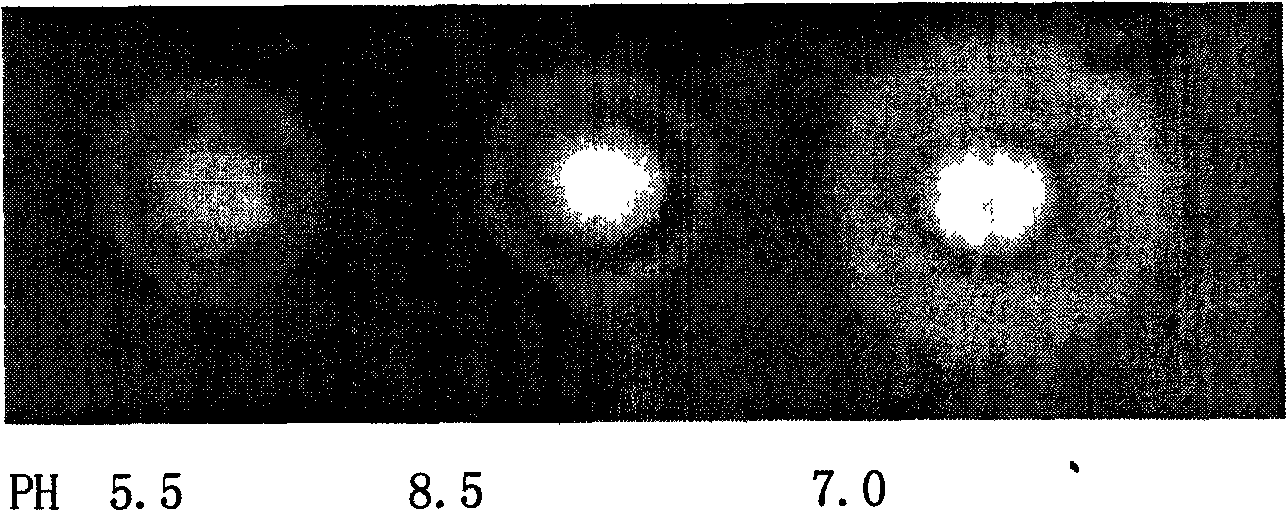Bacterial strain LT3 producing alkalescence cellulase and breeding method and initial optimization of cellulase production conditions thereof
A cellulase and strain technology, applied in the field of microorganisms, can solve the problem of few reports on bacteria, and achieve the effect of rapid and accurate identification
- Summary
- Abstract
- Description
- Claims
- Application Information
AI Technical Summary
Problems solved by technology
Method used
Image
Examples
Embodiment Construction
[0016] The following are specific breeding methods of the present invention, and fully illustrate the present invention in conjunction with examples.
[0017] Breeding embodiment: 1 material and method
[0018] 1.1 Materials
[0019] Main reagents:
[0020] Sodium carboxymethyl cellulose, nitrosalicylic acid reagent (weigh 91g potassium sodium tartrate, dissolve in 500mL distilled water, heat to 50°C, then add 3,5-dinitrosalicylic acid (DNS) 3.5g , NaOH 20g, phenol 2.5g, anhydrous sodium sulfite 2.5g, stir to dissolve completely. After cooling, dilute to 1L with distilled water. Store in a brown bottle at 4°C, use after one week, filter before use.), PH4.6 acetic acid Buffer; the acetic acid buffer is configured by glacial acetic acid and sodium acetate, Congo red, anhydrous glucose, PCR mix enzyme (purchased from Beijing Tiangen Company), gel recovery kit (purchased from Dalian TaKaRa Company), and chemical reagents are all is analytically pure;
[0021] Medium (steriliza...
PUM
 Login to View More
Login to View More Abstract
Description
Claims
Application Information
 Login to View More
Login to View More - R&D
- Intellectual Property
- Life Sciences
- Materials
- Tech Scout
- Unparalleled Data Quality
- Higher Quality Content
- 60% Fewer Hallucinations
Browse by: Latest US Patents, China's latest patents, Technical Efficacy Thesaurus, Application Domain, Technology Topic, Popular Technical Reports.
© 2025 PatSnap. All rights reserved.Legal|Privacy policy|Modern Slavery Act Transparency Statement|Sitemap|About US| Contact US: help@patsnap.com



